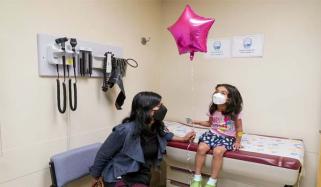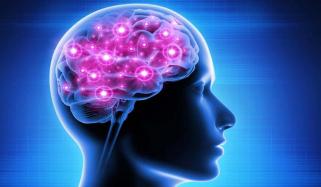
As daylight diminishes and temperatures drop, many people are likely to experience a shift in mood known as seasonal affective disorder (SAD), most commonly occurring in winter and fall.
Chief psychologist at Rutgers University Behavioral Health Care Stephanie Marcello underscores the importance of right tools that can assist manage these seasonal changes.
SAD symptoms may vary from person to person but often include reduced energy, persistent sadness, and changes in appetite and sleep, weight fluctuations.
Some people may experience a constant feel of hopelessness and receive suicidal thoughts. Doctors usually diagnose SAD when symptoms occur for at least two consecutive winters and aggravates in other seasons as well, including spring and summer.
Reduced sunlight is a big factor, making outdoor exposure a key remedy.
It’s essential to take shorter breaks outside and sit near a sunny window to stimulate the excretion of serotonin, a neurotransmitter associated with mood enhancements.
Light therapy, using bright artificial light, can assist nearly 85% of individuals if started right after the season starts.
Other treatments include cognitive behavioral therapy (CBT) and antidepressants such as SSRIs for severe cases. Lifestyle can also influence your daily habits, including socializing, staying active, and maintaining a balanced diet.
Experts stressed the need for seeking support and not suffering in silence.












